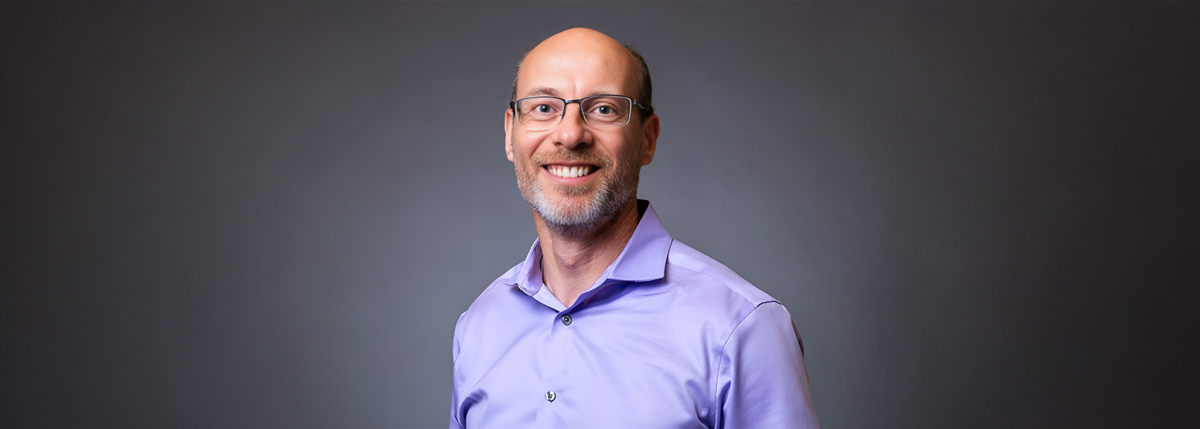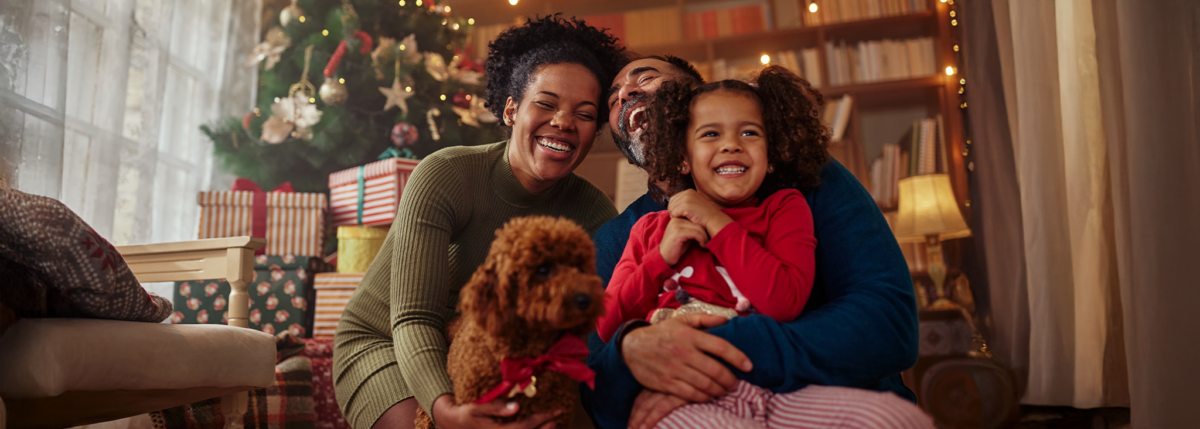Alexandra Park Talks About Type 1 Diabetes, Mental Health & Diabetes Technology
Written by: Daniel Trecroci
11 minute read
May 10, 2024
Alexandra Park is an Australian actress, writer and producer. She is best known for playing a leading role in all four seasons of the hit show, “The Royals.”
Alexandra is also known for the Australian series, “Home and Away,” and as the author of the book, “Sugar High: The Unexpected Journey of an Inexperienced Type One Diabetic.”
Having had type 1 diabetes for more than 10 years, Alexandra is working with Medtronic Diabetes to educate other people with the disease about cutting-edge solutions that can help make their lives simpler.
She spoke with Beyond Type 1 on overcoming obstacles related to her mental health while managing her diabetes.
Click here to watch a video of the interview.
Could you tell us your diagnosis story? What signs and symptoms did you experience?
Absolutely. So, I was back in Australia at that time. I was 23, running around and working on “Home and Away.” I was working as a retail assistant in a clothing shop in Sydney, saving up money to move to Los Angeles.
I was living out of home, and I started experiencing symptoms of exhaustion and weight loss. I was drinking a ton of water and eating so much food, but I was losing weight. I was struggling to read street signs while I was driving, and everybody on the set was sort of saying how concerned they were with how just run down and thin I looked. I was basically just falling apart.
That’s when I went to see a general practitioner. I went twice, and both times I was turned away and told, “You’re just run down, and you’ll be fine.” Nobody thought to take a urine or blood sample.
So, that extended my undiagnosed state of extreme discomfort.
Finally, my mother intervened, and she took me to our family doctor back where she lives. That doctor knew straight away what was wrong. The next morning, somebody rang the doorbell of my mother’s home. It was my family general practitioner in her dressing gown. She told my mom that my A1C was too high.
It was quite traumatic, but I was also thrilled to know what was wrong with me. I ended up just going down to the local endocrinologist in the Northern Beaches and getting set up on insulin there.
When you were diagnosed with type 1 diabetes, what kind of treatment did you receive? Also, were you educated about CGMs and insulin pumps?
No, absolutely not! I knew nothing about type 1 diabetes. I was very much in denial of the diagnosis for a good five years.
In the beginning, they set me up on multiple daily injections of insulin. I remember being in the doctor’s office the day I was diagnosed, and the diabetes educator bringing in a dummy that had insulin pumps and CGMs and things all over it. I remember being absolutely petrified and wanting nothing to do with it.
I moved to LA three months after I was diagnosed—much to my mother’s fear.
Let’s talk about that because you had two major life events—getting diagnosed with type 1 diabetes and landing a lead role in “The Royals”—happen in a short period of time. What was it like juggling and adjusting to these two massive life events?
It was quite tight. I was diagnosed in June of 2013, and then I moved to LA three months after that. I basically packed up a big bag of insulin and got on a plane.
I had a few months to try and organize my life with type 1 diabetes. Then—two weeks after I was in LA—I was cast in “The Royals” and headed to London about a week after that to shoot the pilot.
How did that affect your diabetes control?
Honestly, it was not good. This diagnosis came at an incredibly inconvenient time for me, and I just didn’t want anything to do with it. I sort of fell into a very dangerous place. I wanted nothing to do with diabetes. I didn’t want it to get in the way of my dreams, which had very much been set in stone from a very young age.
So, with that denial, I’m on the go. I’m in different countries. I’m in LA. Then, I’m in London. This is the first big break in a television show that I’ve ever had. I know nothing about London, and I’ve decided that I know better than everyone about diabetes.
My doctors kept telling me I needed to ease up on my insulin shots because my A1C is so low and I was constantly experiencing terrible hypoglycemia attacks. To maintain my blood-sugar levels at non-diabetic levels, I was administering insulin to myself far too frequently—and in far-too-high dosages.
I think the adrenaline was running so high with all the exciting things that were going on in my life that I just kept going. The film crew would have to stop pretty often because I would be going low. I was just sort of a mouse on a wheel, just,running, running, running, go, go, go.
Was there an endocrinologist—or a CDCES—on the set of “The Royals” with whom you could speak? Who could tell you, “You’re taking too much insulin, you’re having way too many hypos?”
We had a medic on set, and the production set me up with an endocrinologist in London who I went to see. He told me, “Your A1C is so low.“
To me, that information was excellent because I didn’t want to be a person with diabetes. Instead of taking that information and saying, “Well, maybe if I let my A1C go up a little bit, I wouldn’t be experiencing as many hypos,” I just thought, “Great, I’m doing well, I’m keeping that A1C low.” So, I continued down that path of frequent hypoglycemia for a really long time.
How many shots a day were you giving yourself?
Oh, gosh. I would say I was injecting myself eight or nine times each day. Not to mention all the checking of my blood sugars. I had my blood-glucose monitor, and for years my fingers were just butchered to the point where they hurt when they were wet. I was just testing, testing and testing.
In a previous interview, you described the first years of living with diabetes as being “mentally exhausting” and “isolating.” Could you elaborate on what you meant by “isolating”—taking into account that you were constantly in public and on a television set?
It was isolating in the sense that—despite all of the love and support I had from my family in Australia and the friends I made on the set—I was alone. This realization came to me very early after I was diagnosed.
I craved finding somebody else who knew what it was like to go through what I was going through. I didn’t know anyone who had type 1 diabetes, and the doctors that I spoke to were not people with diabetes. I wanted to meet somebody who knew what it was like to be on this up-and-down roller coaster of feeling overwhelmed.
It is incredibly hard to comprehend how difficult type 1 diabetes is to manage and live with—unless you have it yourself.
That was extremely isolating.
What finally convinced you to live a more physically and mentally healthy life with diabetes? How did you move past what you called the “denial” stage?
Unfortunately, what got me out of that denial stage was hitting a form of rock bottom.
My hypoglycemia attacks got so bad that they started to frighten me and others around me. On many occasions, I had almost passed out.
After about five years of managing my diabetes that way—or not managing it—I was here in Los Angeles with my now husband and my mother—who was visiting from Australia. I had been so desperate to keep my numbers low that I’d lose track of how much insulin I’d given myself.
One night, we were at a show, and I had a massive crash. I passed out in front of my mom and husband, who had to figure out a way to help me. I was taken to the emergency room and given glucagon.
At that point, I realized that if I was going to continue managing my diabetes the way that I had been, it was going to eventually stop me from becoming an actor and producer. I had to get myself together if I wanted to continue on this path that I had been on since I was a little girl. I came to see that perfection is an illusion and that all I had to do was get out of my own way.
You’re a MiniMed 780G insulin-pump user. Would you mind going back to the beginning and sharing some of the concerns you had about diabetes technology?
In the beginning, it was all so much.
You’re a 23-year-old girl, going to parties, racing around the city, and enjoying life as it comes to you. Suddenly, you’re being told that you need to continuously check your blood-sugar levels and that you need injections, needles and all this other stuff.
I was terrible at math, and suddenly, I’m having to learn about numbers and all of this stuff.
I was so overwhelmed by the initial diagnosis that the last thing I wanted was to be attached to a gadget. I just wanted the bare minimum. Give me the insulin, and I can figure out how to do that with an insulin pen. That’s as far as I wanted to go.
How did your transition to diabetes technology take place? How did you and your healthcare team decide that pumping insulin was the best course of action for managing your diabetes?
For me, it was discovering the MiniMed 780G and all of its amazing features.
I had reached a point in my life where I was busier than ever and mentally in a place where I wish I had been persuaded to be many years ago.
I’m producing and writing my own TV show right now, which we’re in the middle of selling. We’re in the second season, and I’m constantly moving around and doing all these things.
I had gotten to a place with injections and blood-glucose monitors that was fine. But you still have moments—particularly as a woman with type 1 diabetes—with hormonal fluctuations. There are still times throughout the month that are just so challenging.
I was craving something that would help me more, and give me the support that I was currently not receiving from the methods that I was using.
So, so I spoke to my doctor—Dr. Anne Peters—who’s just such a dear friend and incredible doctor. After five years of having diabetes, Dr. Peters was the first doctor to actually connect with me. She was the first doctor who was able to get through to me and inform me of other ways of managing diabetes. She made it clear to me that I could raise my hand and seek assistance.
And that’s what I did with Medtronic. I learned about the MiniMed 780G, and how it had Meal Detection™ technology. With this device, I wouldn’t have to make as many decisions each day about injections, and I’d never heard of a device doing something like that. I wanted that. The MiniMed 780G offered support that I’d never been offered before. I thought that was worth trying, and I’m so glad that I did.
 How else is the 780G different from a life of multiple daily injections and constant testing?
How else is the 780G different from a life of multiple daily injections and constant testing?
The Guardian 4 Sensor works together with the MiniMed 780G. This CGM tells the pump what to do. It’s so accurate. I actually feel safe—like I can rely on this thing. It gives me so much information that I never had before.
You’ve said that wearing the 780G is like “having another brain.” How has it improved your sleep quality, exercise, food intake and relationship with food? How has it given you this “other brain?”
Yes. The “other brain.” I like to call it that, because it really is.
Sleep is something that is extremely important, as all people living with and without diabetes can agree. When you are living with type 1 diabetes, sleep can be challenging in the sense that blood sugars move up and down throughout the night.
Before I transitioned to this 780G, I was waking up with high blood sugar because I’d been getting alerts throughout the night from my previous CGM that I was using. I’m half asleep, and I’m having to get up and treat a low. And then—after treating that with too much sugar—I start going high. Can you imagine waking up every single morning and checking your meter, and it says your blood sugars are too high? That was how it was for me every single morning.
Since I started using the MiniMed780G, I wake up every morning with excellent blood-sugar levels. That does wonders for your mental health.
How has living with type 1 diabetes impacted your acting career?
I believe my type 1 diabetes journey has made me stronger as a human being, actor, producer, hustler and fighter. You have to be all of these things to be in the industry that I’m in.
It’s been a journey. It’s made me realize that—despite being an incredibly challenging condition to live with—it’s something that I have been able to overcome.
Did you meet a lot of new people with type 1 diabetes after publishing your memoir, “Sugar High: The Unexpected Journey of an Inexperienced Type One Diabetic”? If so, how did it bring you closer to the diabetes community and inspire further advocacy on your part?
Getting the book out there has helped me connect with other type 1s on social media or at conventions.
I have so many beautiful people tell me that reading my book has made them feel less alone. And we’ve kept in contact. You get stronger every time a person with type 1 speaks with you.
In terms of advocacy, it has introduced me to groups like Type One International, where my husband and I have been closely collaborating with the incredible people fighting to lower the cost of insulin for all Americans, both domestically and abroad. Life For A Child is another organization that’s very dear to my heart. I give 10% of my book earnings to that organization.
It’s been incredible to just learn about what all these organizations are doing, to help out in any way that I can, and to grow my knowledge on the topic as much as possible.
So now that you’re on a MiniMed 780G, what are your thoughts about maybe writing another book about this new part of your journey with diabetes?
Listen, I don’t know. Honestly, it’s given me so much more freedom now that maybe I will write another book. I mean, we’re pretty busy at the moment with the third season of “Everyone Is Doing Great,” and I’m just so pleased to have this pump now for so many reasons. I’m sleeping. I’m not interrupted. I’m able to get things done. And the team at Medtronic has been so incredible. They’ve helped me every step of the way. I’m honored to be able to be an ambassador for Medtronic, and to push this incredible device as much as I can. My best friend in Sydney just started on the 780G as well.
What words of inspiration do you have for people living with type 1 diabetes who want to follow their ambitions?
Dreams for a person with type 1 diabetes should be as big as they would be even if they didn’t have the condition.
Having type 1 diabetes is not the greatest thing, but it could be a lot worse. You could have been diagnosed with something that literally stops you from being something you wanted to be.
Diabetes is challenging, but what I’ve learned in my journey is that you put your hand up, you ask for help, you get on devices like the MiniMed 780G, and you just crack on. You don’t give up. You use it as fuel for your fire.
Be Sure to Follow Beyond Type 1 on Social Media
Click here to watch a video of the interview.
This content was made possible by Medtronic, an active partner of Beyond Type 1.
Beyond Type 1 maintains editorial control over its content.
Related Resources

The holiday season is filled with celebrations, family gatherings, and plenty of holiday foods. No...
Read more

Managing diabetes is a complex and often overwhelming journey—even nine years after my daughter's diagnosis....
Read more

The holiday season is all about celebration, family, and joy—with a little chaos sprinkled in...
Read more


